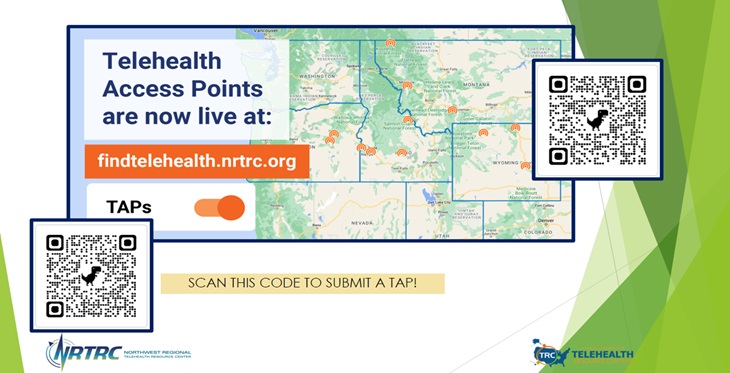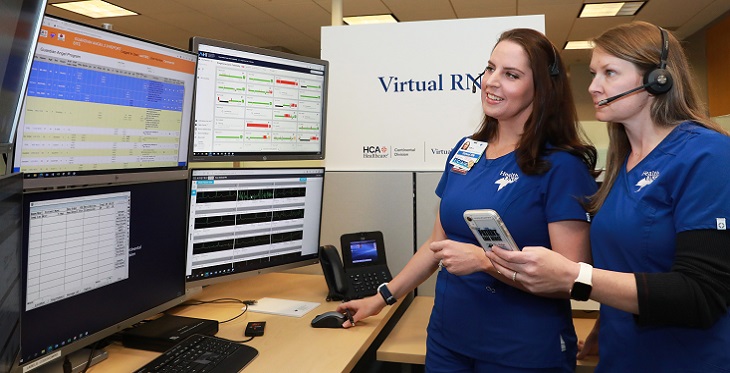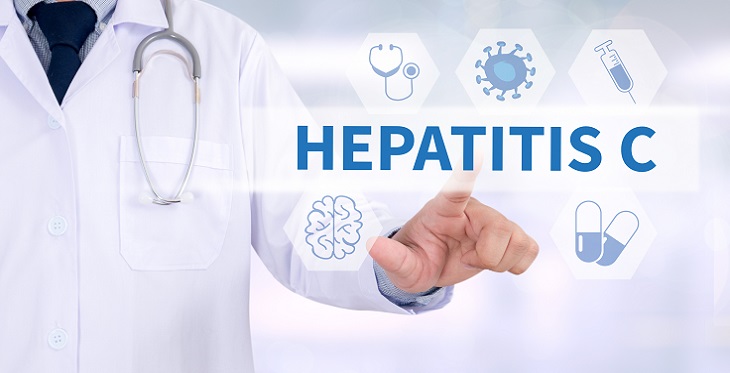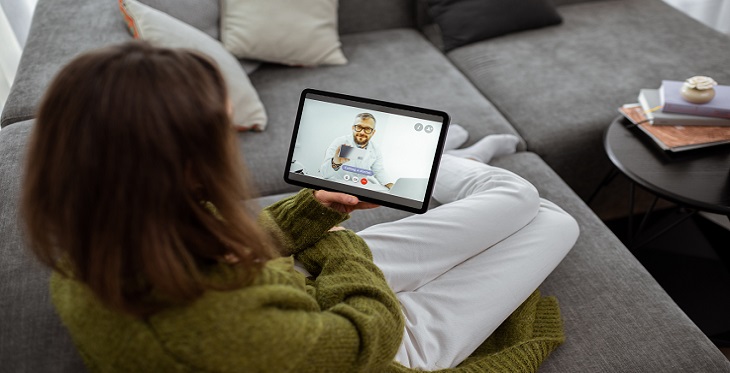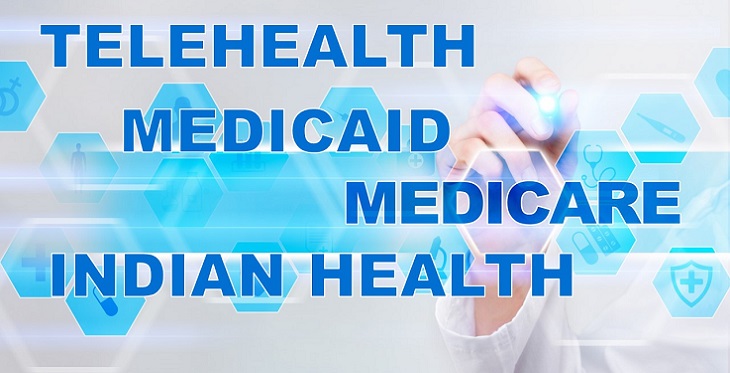Age-inclusive Telehealth: What is it? How can we achieve it?
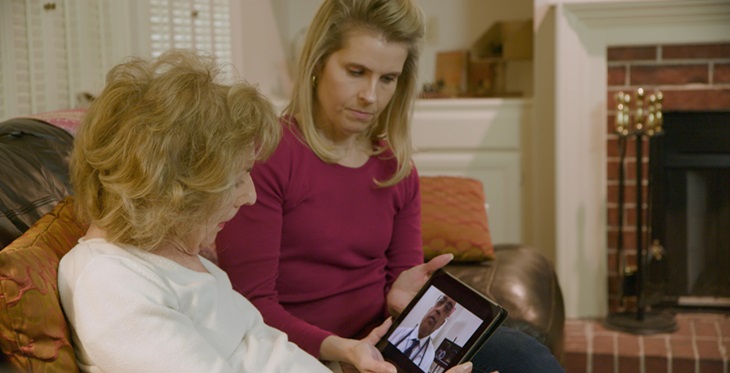
As a geriatrician, I serve as a primary care physician for older adults. In my practice, there are patients across the continuum of medical complexity with all levels of physical and cognitive functioning. A universal theme I see in practice is that it’s hard to keep up with health, healthcare, and health insurance plans. It can be challenging for my patients to come into the office for an in-person visit. They may have to drive a long distance, their medical appointment may interfere with their routine, such as a weekly exercise class, or if they have limited mobility, leaving the house is a feat and getting into the clinic can be quite burdensome.



